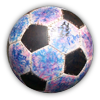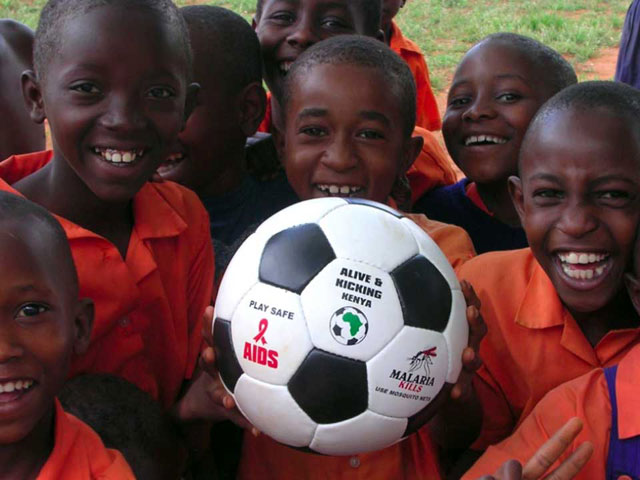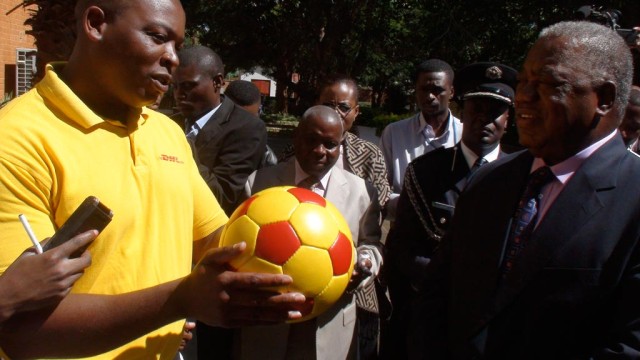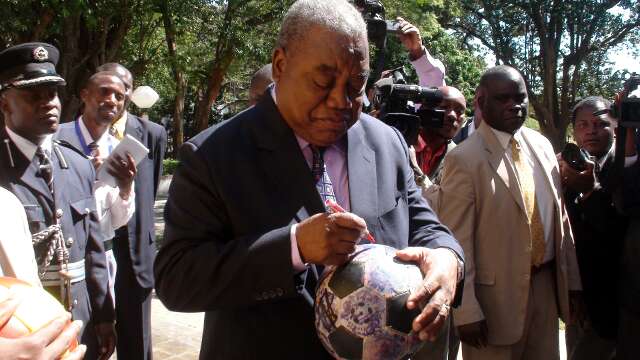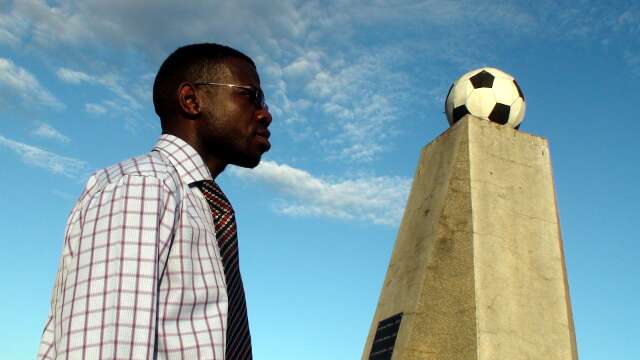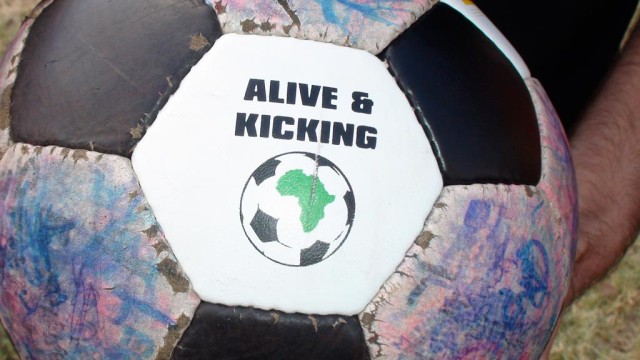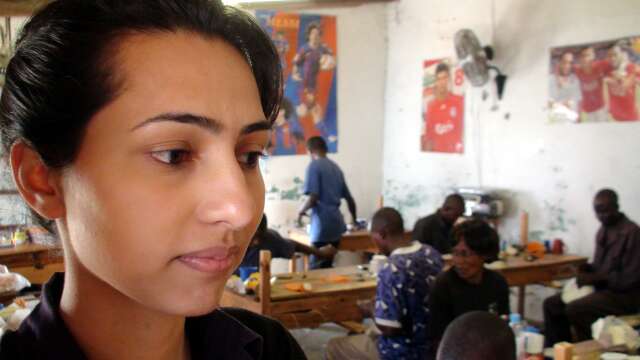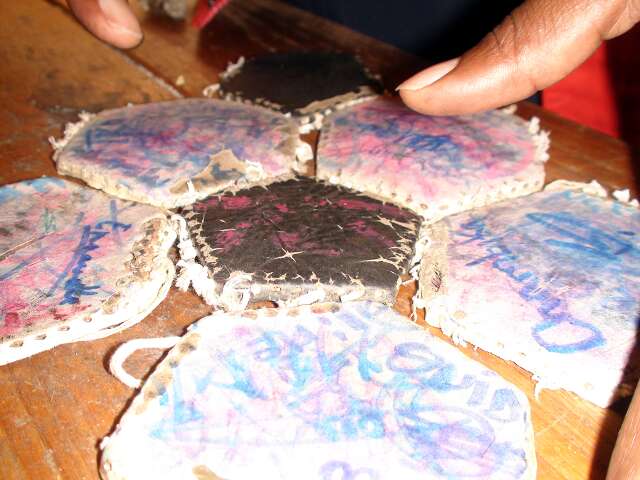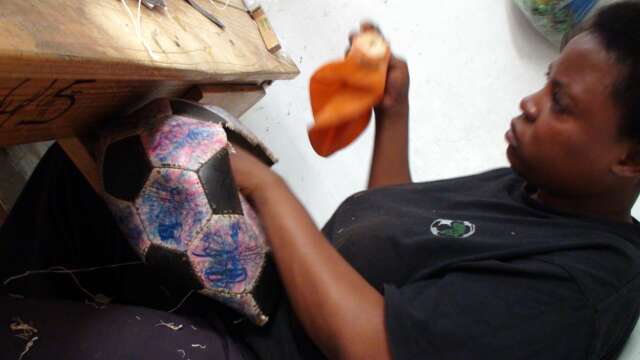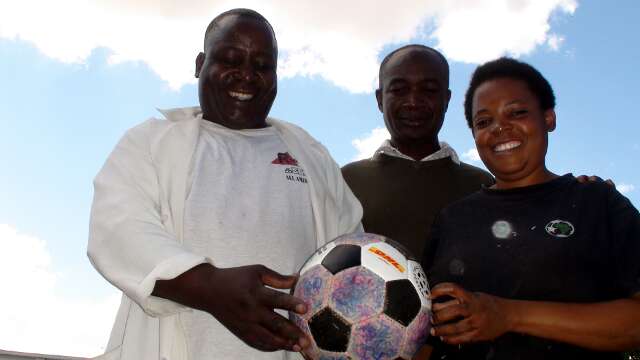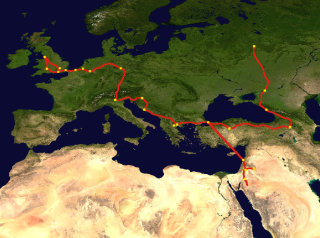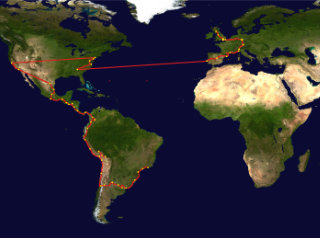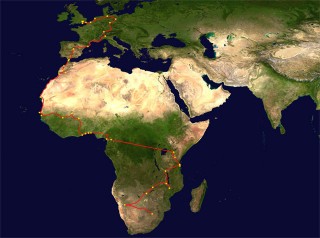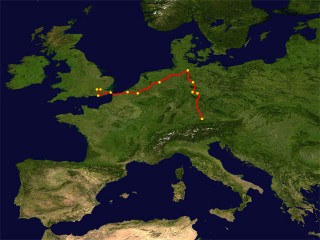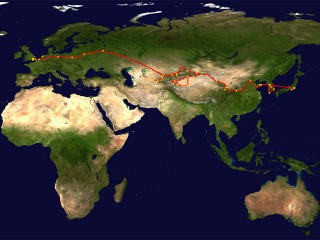“We are very happy that young people thought of this idea of taking The Ball around Africa. It makes us all feel part of the game. Today was the worst day you could have come to State House. We have cancelled all of the things before and after your visit. All of my ministers are here with many things to do. But we thought that it was so important, that we must attend to this.”
— Rupiah Banda, President of Zambia
Back in Libreville in April, Andrew and The Ball took off on a DHL cargo flight headed for Douala, Cameroon. On the 28th of April 1993 another flight took off from that very airport carrying the greatest ever Zambian football team. The plane crashed and everyone on board perished. Today, we remember those fallen heroes as we visit the memorial to them at Independence Stadium in Lusaka. We pay our respects and find out more about what happened.
After refuelling successfully in Gabon the plane took off. What happened next has laid the foundations for many a conspiracy theory. A fisherman reported a huge explosion and saw the plane go down. This man was the only eyewitness and within a week he was dead. His death raised the bar, the Zambian people wanted to know what really happened. Because it was a military aircraft, there was no black-box on board and no way to find out the reason for the crash without the help of Gabon’s Government, and this has not been forthcoming.
The version that is most popular today is that one engine caught fire, the pilot made a mistake in shutting down the good engine instead and the plane crashed. But we still do not know exactly what happened.
What we do know is that players, coaches, administrators, and journalists were all on board. Their remains were brought home and buried right here outside of the national stadium. The monument here, and the graves of the fallen, are a shrine. The Zambians still mourn the loss of those heroes. They still come here, 17 years on, to pay respect to the dead, and they still sing songs about those players at every home match in Independence Stadium. And they still wonder what might have been.
Today, we mourn those players as the sun goes down. Then, together with emotional Zambian football officials, we enter Independence Stadium, accompanied by twenty barefoot kids. Accompanied by a national team striker, we kick The Ball on the pitch. The ear to ear smiles on the faces of the youngsters brighten up the atmosphere. They are living the dream…
“Normally this pitch if reserved for the professionals and the national team. We are making an exception today for you and The Ball.”
The Ball’s been on the road for well over one hundred days now. Its been played in perhaps seven hundred kick-abouts — on streets, in parks, it even joined the mile-high kick club when it was kicked by pilots in the cockpit en route to Lagos. The Ball has been around the block and it’s starting to look a little worse for wear. Luckily, our partner Alive & Kicking has a stitching centre in Lusaka.
Christian hasn’t seen The Ball being operated on. And the anguished look on his face as The Ball doctor opens The Ball up is one that any worried parent can relate to. His eyes bulge, his mouth gapes… he looks white as a sheet (well, he always does — he’s English).
Before long, five panels have been removed.
The Ball doctor still isn’t satisfied and looks to get cracking on the bladder. “Stop! Please. Now”, says Christian. She does.
We’ve brought a bladder and a few spare panels from Nairobi. Alive and Kicking provide a few Zambian panels too. The Ball is becoming more African by the day!
The operation is a success but The Ball looks very strange. Even stranger than it did in Nairobi after having 2 panels replaced. The Ball looks rather like the result of a serious head-on ball collision. Two balls have merged into one.
It is going to take a live kicking or ten before The Ball can bounce evenly again.
